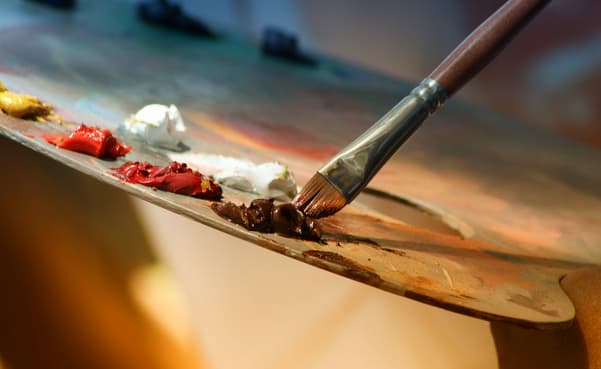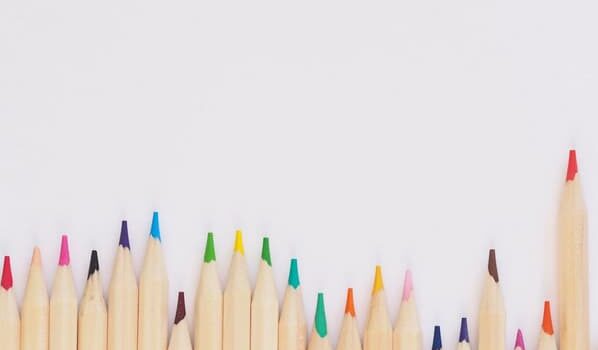Photography and art are not just hobbies or professions—they are languages of expression. In a world increasingly shaped by images and digital storytelling, learning photography and art gives individuals the power to interpret, document, and reimagine reality. Whether you’re drawn to capturing breathtaking landscapes, sketching everyday life, or simply want to express emotions creatively, developing your skills in these fields opens up endless possibilities.
Both disciplines help sharpen observation, improve patience, and deepen appreciation for the beauty that surrounds us. They allow us to slow down and pay attention to the details that often go unnoticed—like the way sunlight spills through a window, or the emotion in a stranger’s eyes. As we learn, we also become better storytellers, finding new ways to communicate our thoughts without needing words. Sponsor of this article: https://www.onedateidea.com.
Developing Your Eye: Fundamentals of Photography and Art
Learning photography and art starts with learning to see. It’s about observing light, shadow, composition, and emotion in the world around you.
1. Photography: More Than Just a Click
Photography may seem simple—just point and shoot—but it’s an intricate art form that blends technical skills with artistic vision. Here are the foundational elements to focus on:
- Composition: The rule of thirds, leading lines, framing, and symmetry are basic principles that can transform an ordinary photo into a compelling image.
- Lighting: Understanding natural and artificial lighting is crucial. Photographers often say, “Light is everything,” and learning how to use it sets great photos apart from average ones.
- Camera Basics: Learn to shoot in manual mode. Understanding ISO, shutter speed, and aperture gives you full control over your shots and allows for creative freedom.
- Post-Processing: Editing is where photos come alive. Tools like Lightroom or Photoshop allow you to correct mistakes or add mood and tone to your images.
Experimenting regularly is key. Take your camera everywhere and shoot different subjects—portraits, street scenes, nature, architecture. Over time, you’ll develop your unique style and perspective.
2. Drawing and Painting: The Foundation of Visual Thinking
In art, everything begins with observation. Drawing is often considered the cornerstone of all visual arts, and mastering it enhances your understanding of proportion, perspective, and form.
- Sketching Daily: Just like photography, practice is essential. Carry a sketchbook and draw something every day. It could be your morning coffee, your pet, or a quick doodle of your surroundings.
- Understanding Color and Form: Learning color theory, shading, and composition in painting helps convey mood and emotion. Experiment with different mediums like watercolors, acrylics, or charcoal to discover what suits your voice.
- Learning from the Masters: Study works by renowned artists—from Renaissance painters to modern street artists. Try recreating their work to understand technique and form, but always aim to infuse your own story into your art.

The Creative Mindset: Practicing and Growing Your Craft
Creativity is like a muscle—the more you use it, the stronger it gets. But developing confidence in your creative work also requires vulnerability, feedback, and curiosity.
1. Embrace Mistakes and Imperfection
One of the biggest challenges beginners face is the fear of doing it “wrong.” In photography and art, mistakes are often part of the learning process. A blurry photo might spark a new idea. A color that clashes may lead to a bolder palette. Growth comes from experimentation and reflection, not perfection.
2. Take Online Courses and Join Communities
Today, there are thousands of free and paid resources for learning photography and art online. Platforms like YouTube, Skillshare, and Coursera offer tutorials for all skill levels. Look for classes that suit your goals, whether it’s learning portrait photography, digital illustration, or oil painting.
Joining creative communities also helps. Whether it’s a local art club, photography meet-up, or online forum, connecting with others fosters motivation, offers constructive critique, and exposes you to new techniques and tools.
3. Build a Portfolio and Set Personal Projects
As you develop your skills, start creating a body of work. This doesn’t mean you need to sell it or post it online right away. A personal portfolio helps you track progress, discover patterns in your work, and find your voice as an artist or photographer.
Set themed projects for yourself like “365 photo challenge” or “30 days of self-portraits.” These constraints fuel creativity and give you a sense of accomplishment over time.
Conclusion: Art and Photography as Lifelong Journeys
Learning photography and art is not a race to mastery—it’s a lifelong journey of discovery, observation, and personal expression. It teaches us to pause and see the world differently, to tell stories visually, and to connect with others on an emotional level.
Whether you’re a beginner picking up a camera for the first time or a doodler considering formal painting techniques, there’s no “right” way to be an artist. The only requirement is a willingness to learn and explore.
In the end, photography and art are gifts you give yourself: a way to understand the world and a mirror to understand yourself. So pick up that camera or brush—and begin.
